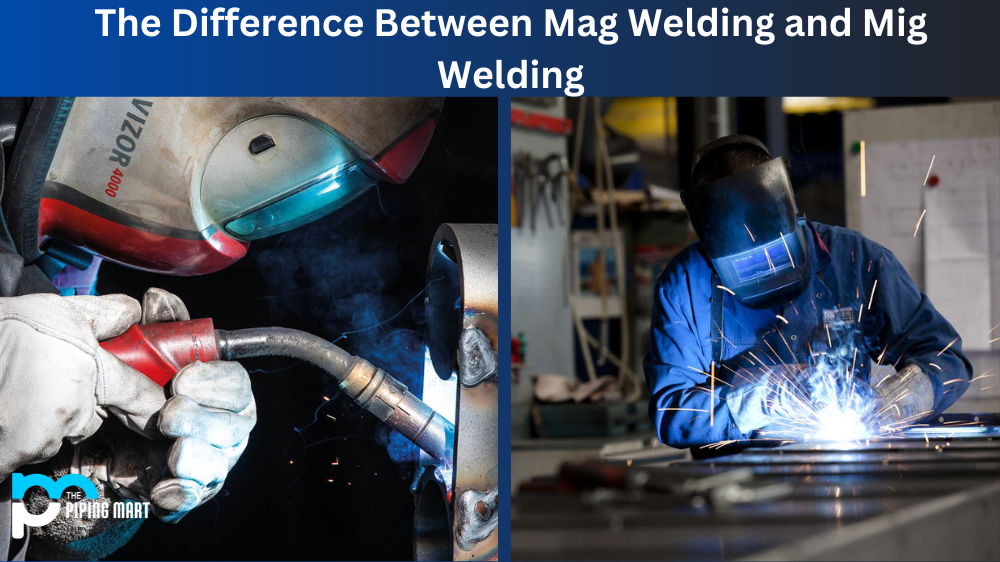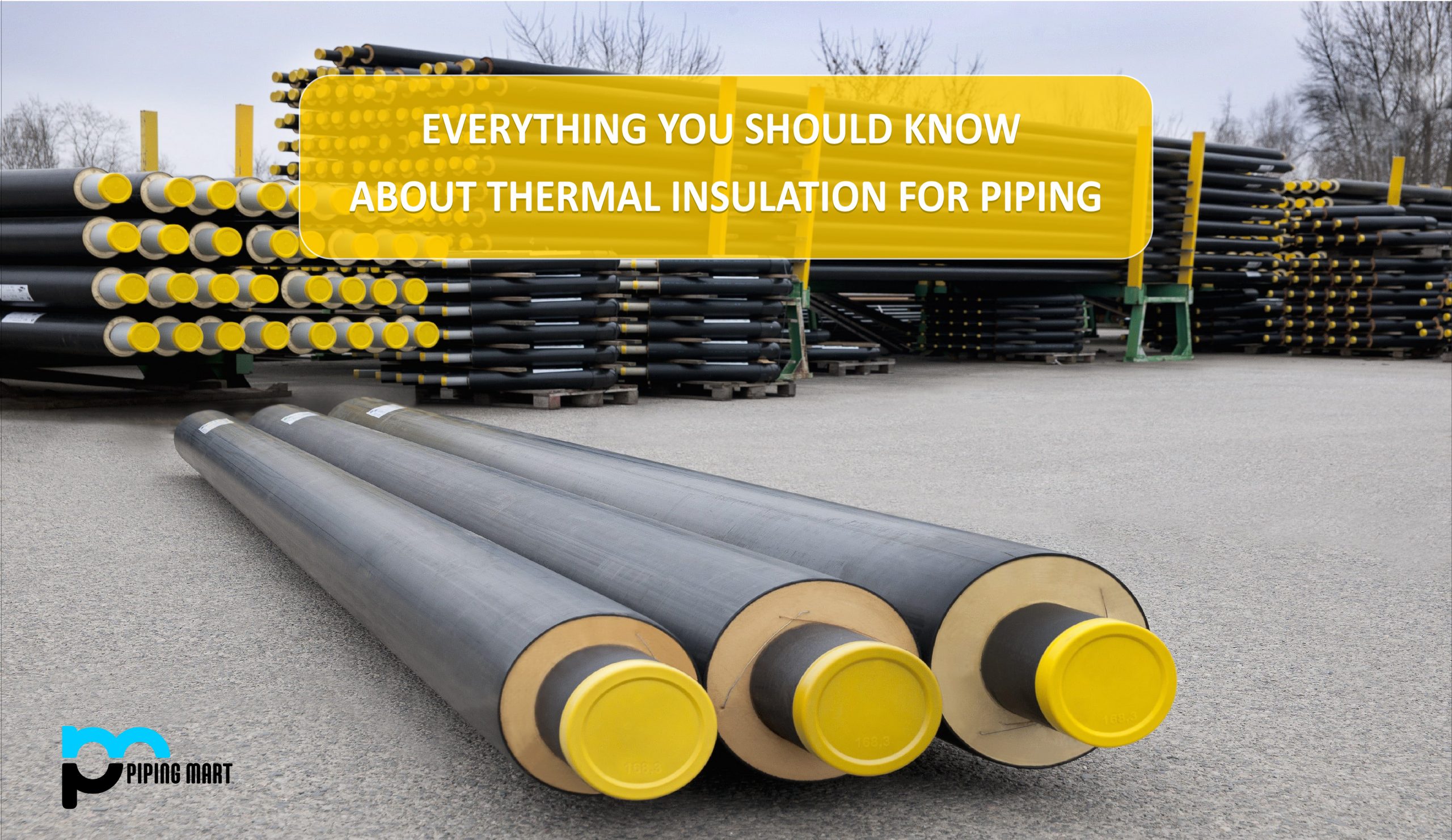HVAC systems, water treatment facilities, and chemical processing plants all rely on different types of valves to regulate fluid flow. Ball valves and plug valves are two popular valve options. Despite their apparent similarities, these valves function differently and use different cases. In this blog post, we’ll compare ball valves versus plug valves, outlining their unique features and which industries typically use them.
What is Ball Valve?
A ball valve is a type of valve that consists of a spherical disc inside a pipe or tubing. The disc has a hole that aligns with the flow when open and off-centre when closed, blocking the flow. Ball valves are used for controlling flows and isolating sections of piping systems for maintenance purposes. They are also one of the simplest valves due to their quarter-turn operation capabilities, making them an ideal choice for many applications.
What is Plug Valve?
A Plug Valve is a type of valve used for flow control in pipelines. It consists of a cylindrical body with an inner plug containing one or more holes or passages arranged crosswise to the pipeline, allowing liquid to flow through and blocking it when closed. This valve is typically operated manually, pneumatically, electrically, or hydraulically. Additional features like positive sealing can also be included for complete shut-off applications.
Difference Between Ball Valve and Plug Valve
Design and Functionality
Ball valves and plug valves have different designs and functions. A ball valve has a hollow ball inside the body that rotates to control fluid flow. The valve opens when the ball is parallel to the pipe, allowing fluid to flow through. When the valve handle rotates the ball perpendicular to the pipe, it closes and prevents fluid from passing. Plug valves, on the other hand, use a rotating cylindrical or tapered plug inside the valve body. The plug has a hole, which can be lined up with the inlet and outlet ports to allow fluid to flow through. Rotating the plug 90 degrees will block the port and prevent fluid flow.
Flow Regulation
Both ball valves and plug valves can regulate fluid flow, but plug valves offer better flow control when compared to ball valves. This is because the plug valve design allows for a more precise adjustment of the valve’s position, while the ball valve relies on a fully open or close mechanism. Additionally, ball valves can be prone to leakages due to their design, while plug valves have a reduced chance of leakage.
Chemical Compatibility
When selecting a valve for your manufacturing process, it is essential to consider the chemical compatibility with the valve’s materials. Ball valves and plug valves have different materials suitable for different chemical compositions. Ball valves typically use brass, bronze, or stainless steel alloys, while plug valves use elastomeric materials, making them suitable for chemical processes that involve harsher, abrasive, or corrosive fluids.
Use Cases
Ball valves are typically used in applications where full open or close functionality is needed, such as water treatment and sewage systems. They suit high-pressure and high-temperature applications and can operate flawlessly for years. Plug valves are more practical in applications that require precise flow control, such as chemical plants or gas plants, where the process requires several flow adjustments. They are also useful in applications where frequent valve maintenance is needed since the valve can be designed without gaskets or seals, thus reducing the risk of leakage and making it easier to maintain.
Cost and Maintenance
Regarding cost and maintenance, ball valves have a high initial cost, but they require less maintenance than plug valves. However, plug valves have a cheaper initial cost but require higher maintenance, mainly if the system operates under high temperatures or pressures. With the right maintenance program, both ball and plug valves can last many years, making them a sound investment.
Conclusion:
In conclusion, ball and plug valves may look similar, but their internal mechanics, flow regulation, chemical compatibility, and use cases are significantly different. It is crucial to understand the needs of your application before selecting the appropriate valve type. Ball and plug valves have strengths and weaknesses; the final decision will depend on the individual application’s specific needs. As always, consult a valve expert before finalizing your purchase to ensure you make the right choice.
Sakshee is a talented blogger, with a particular focus on the Business and Metal Industry. She is passionate about sharing her insights on various metal products and helping professionals to make a better decisions.




